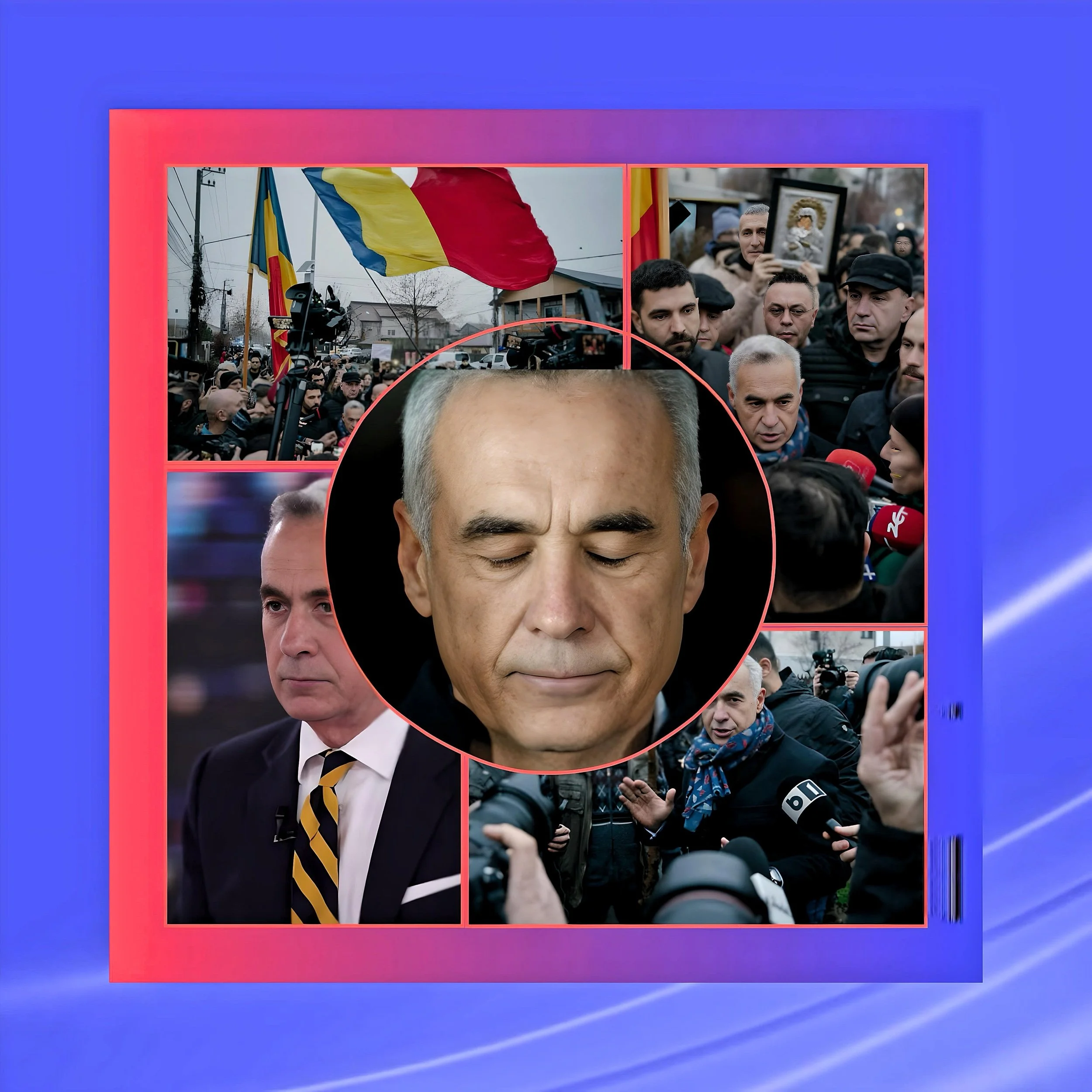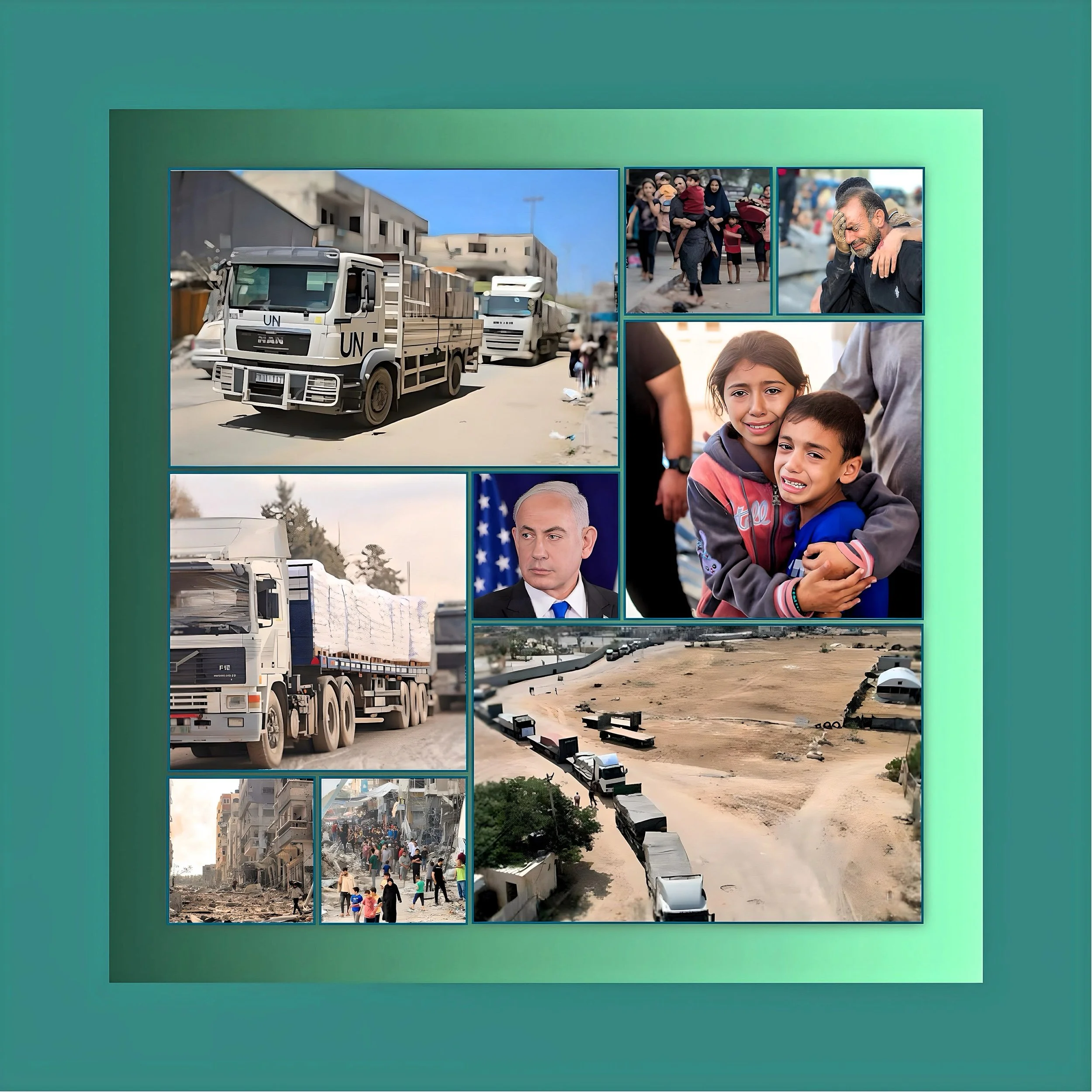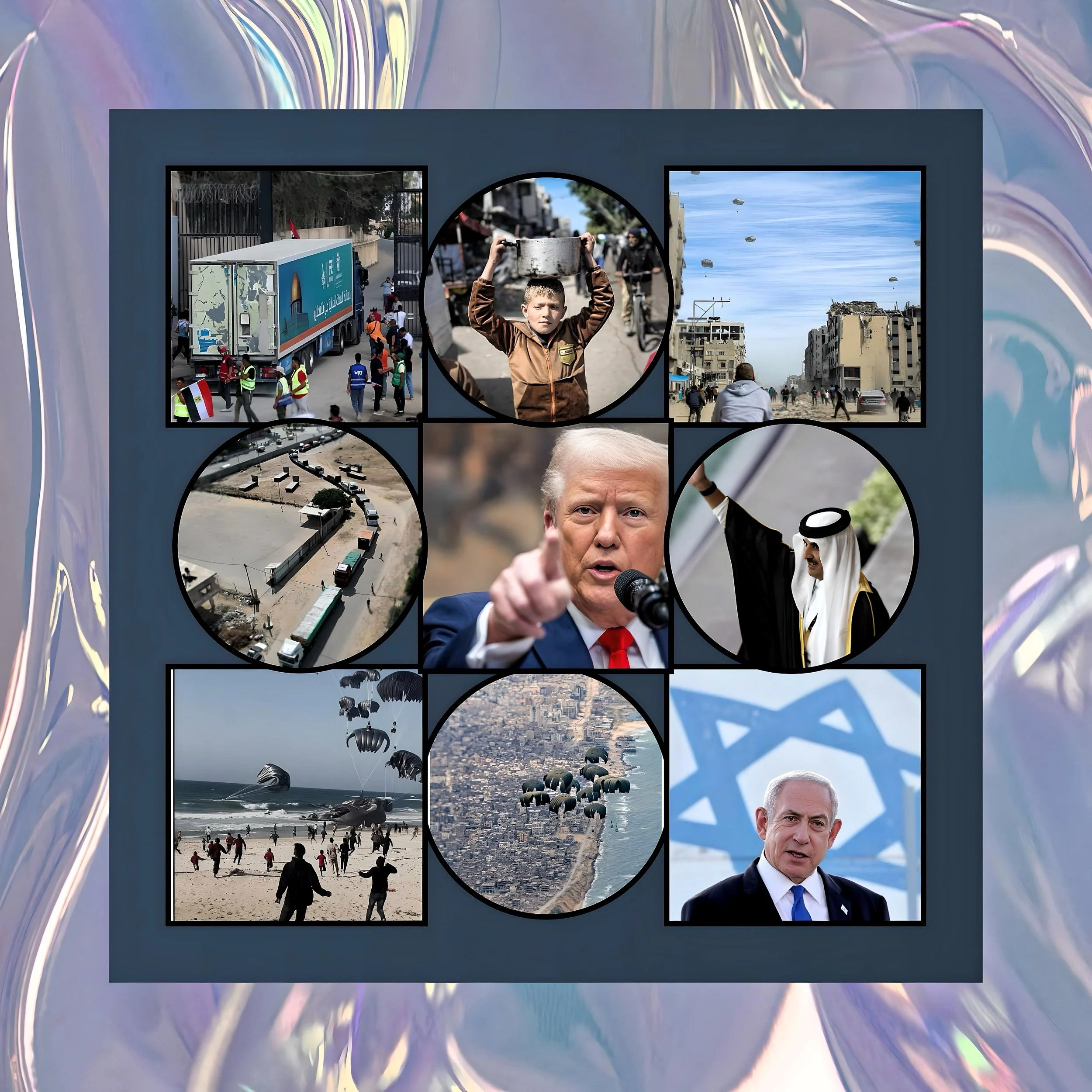Israel-Hamas Phase Two Ceasefire Negotiations: A Pivotal Juncture in Gaza Conflict Resolution
Introduction
The initiation of Phase Two negotiations between Israel and Hamas on February 27, 2025, marks a critical inflection point in the 17-month Gaza conflict.
With the first phase of the six-week ceasefire concluding on March 1, mediators from Egypt, Qatar, and the United States are racing against time to broker terms for a permanent cessation of hostilities.
The articles analyze the structural challenges, geopolitical pressures, and humanitarian imperatives shaping these high-stakes talks.
The transition from Phase One: Achievements and Unresolved Tensions
Hostage-Prisoner Exchange Dynamics
The first phase, initiated on January 19, 2025, achieved partial success, with Hamas releasing 33 Israeli hostages (25 living, eight deceased) in exchange for 1,900 Palestinian prisoners. However, final exchanges on February 26–27 nearly collapsed due to:
Ceremonial Disputes: Israel suspended prisoner releases on February 22 after Hamas staged hostage handovers with armed militants and audiences, which Netanyahu denounced as “humiliating spectacles.” Hamas countered that Israel had mistreated Palestinian detainees during transfers.
Identification Errors: A February 20 incident where Hamas mistakenly returned misidentified remains—later corrected—exacerbated mistrust.
Logistical Delays: The final exchange of four Israeli bodies for 620 Palestinian prisoners occurred hours before Phase Two talks began, underscoring operational fragility.
Humanitarian Provisions and Violations
While the ceasefire enabled limited aid increases (300+ trucks daily) and allowed 850,000 displaced Gazans to return north, persistent issues emerged:
Blocked Reconstruction Materials: Israel continues restricting prefabricated housing units, leaving 1.2 million Gazans in tents.
Military Incursions: Gaza’s Government Media Office documented 350+ Israeli violations, including shootings, drone strikes, and movement restrictions since January.
Buffer Zone Expansion: Satellite imagery shows Israel constructing permanent infrastructure along the Philadelphi Corridor (Gaza-Egypt border), violating Phase One withdrawal commitments.
Phase Two Negotiation Framework
Core Demands and Red Lines
Hamas’ Position
Complete Israeli Withdrawal: Full military exit from Gaza, including the Philadelphi Corridor.
Permanent Ceasefire: No resumption of hostilities after hostage releases.
Prisoner Releases: All 5,200 Palestinians detained since October 2023 were freed in exchange for the remaining 24 living hostages.
Israel’s Counter-Demands:
Hamas Demilitarization: Dismantling of military infrastructure and surrender of weapons.
Continued Security Control: Maintaining a presence at the Philadelphia Corridor to prevent weapons smuggling.
Staggered Releases: Hostage returns before further prisoner releases, rejecting “all-for-all” swaps.
Mediator Proposals
Egypt’s bridging plan, endorsed by Qatar and the U.S., proposes:
Extended Phase One: 6-week renewal allowing additional hostage-prisoner exchanges while negotiating Phase Two.
Phased Withdrawals: Israeli forces retreat to Gaza periphery contingent on Hamas arms surrender verification.
International Monitoring: UN-supervised checkpoints at Philadelphia Corridor to address smuggling concerns.
Geopolitical Pressures Shaping Negotiations
U.S. Role Under Trump Administration
The Trump White House has adopted an incongruent stance:
Military Support: Accelerated heavy munition shipments to Israel, including 2,000-pound bunker-buster bombs used in Rafah.
Diplomatic Maneuvers: Envoy Steve Witkoff pushes ceasefire extensions while Trump promotes a controversial “Gaza Development Initiative” involving Emirati and Saudi investors—criticized as de facto annexation.
Contradictory Messaging: While publicly backing Israel’s security demands, leaked cables pressure Netanyahu to accept Phase Two timelines.
Regional stakeholders
Egypt: Threatens to downgrade relations if Israel militarizes Philadelphi Corridor, citing 1979 Camp David Accord violations.
Qatar: Warns of reduced mediation role unless Israel demonstrates “good faith” in civilian aid delivery.
Iran: Mobilizes Hezbollah and Houthi proxies to attack Israel, leveraging ceasefire delays to expand regional influence.
Critical Challenges to Durable Resolution
The Philadelphia Corridor Impasse
Israel’s insistence on controlling this 14-km border zone has become the negotiation linchpin:
Military Justifications: Defense Minister Israel Katz claims to have uncovered Hamas tunnels here, though no public evidence exists.
Economic Leverage: Control enables Israel to regulate Gaza’s sole non-Israeli border crossing (Rafah), affecting reconstruction imports.
Sovereignty Clash: Hamas demands complete Palestinian Authority control per 2005 agreements, while Egypt rejects third-party monitoring.
Leadership Divisions
Netanyahu’s Precarious Coalition:
Far-right ministers Smotrich and Ben-Gvir threaten to collapse the government if Phase Two proceeds.
Military establishment privately supports withdrawal but fears political backlash.
Hamas’ Internal Rifts
Qatar-based political leaders (Ismail Haniyeh faction) favor negotiated settlements.
Gaza-based military wing (Mohammed Deif faction) rejects disarmament, stockpiling rockets in Khan Younis.
Humanitarian Catastrophe Metrics
Casualties: 48,000+ Palestinians killed (per Gaza Health Ministry); 1,200 Israelis dead from October 7 attacks.
Displacement: 1.8 million Gazans (85% population) remain internally displaced.
Disease Spread: WHO reports 450,000 acute respiratory infections and 110,000 cholera cases due to sanitation collapse.
Pathways Forward: Scenarios and Implications
Scenario 1: Negotiated Settlement
If mediators secure:
Israeli Withdrawal Timetable: 12-month phased exit from urban centers, conditioned on Hamas arms surrender.
Hostage Sequencing: Release 10 hostages monthly alongside Palestinian prisoner batches.
Reconstruction Fund: A $15 billion package with UAE/Saudi contributions, contingent on Hamas recognizing Israel.
Probability: 35% (hindered by Netanyahu’s domestic constraints and Hamas’ refusal to disarm).
Scenario 2: Ceasefire Collapse
Resumed conflict would likely involve:
Israeli Ground Offensive: Focused on Rafah (1.4 million civilians present), employing aerial saturation bombing.
Hamas Guerrilla Tactics: Renewed tunnel warfare and rocket barrages targeting Tel Aviv.
Regional Escalation: Hezbollah is opening the northern front, and Houthis are blocking Bab-el-Mandeb.
Probability: 45% (given Smotrich/Ben-Gvir influence and Hamas’ arms cache retention).
Scenario 3: Frozen Conflict
Prolonged low-intensity stalemate featuring:
Localized Clashes: Weekly IDF-Hamas skirmishes in central Gaza.
Humanitarian Band-Aids: UNRWA managing malnutrition crises without reconstruction.
Political Paralysis: Netanyahu avoids elections by maintaining an “emergency government.”
Probability: 20%.
Conclusion
The Hourglass of Opportunity
As Cairo talks resume on February 28, three factors will determine outcomes:
U.S. Leverage: Can Trump curb Netanyahu’s expansionism while restraining far-right elements?
Egyptian Credibility: Will Cairo’s threats to abandon mediation spur Israeli concessions on Philadelphia?
Hamas Pragmatism: Can political leaders override military commanders to accept phased demilitarization?
The window for compromise narrows daily. As UN Special Coordinator Sigrid Kaag warned: “Gaza’s ceasefire isn’t a diplomatic abstraction—it’s 2.3 million lives hanging in the balaDisappointment Failure to secure Phase Two risks not only renewed bloodshed but the collapse of the post-1949 Arab-Israeli negotiation framework itself.






